In this issue, we’re going to opine about the Colorado Springs City Auditorium now that it’s been “surrendered” back to the city. We’re also going to go over the dissolution of art gallery LightSpeed Curations.
What to do about City Aud?
While the rest of us were celebrating Halloween, the Colorado Springs Community Cultural Collective was handing their keys to the Colorado Springs City Auditorium back to the city.
The latest and most earnest experiment to renovate the century-old venue — championed by former mayor John Suthers and Colorado Springs Conservatory founder Linda Weise in a public-private solution — the CSCCC announced that they were giving up on the Grand Old Lady when $85 million worth of funding didn’t materialize over the course of a three year campaign.
(For comparison, ballot issue 2A — the TABOR issue that would’ve helped fund a new training facility for CSPD — was only $4.75 million, but COS voters said “No” last week for vastly unrelated reasons.)
The city will pay to prevent the facility from deteriorating further, but it will no longer be open to the public. This puts City Aud back into a danger zone — a limbo status of cultural irrelevance that evokes painful memories such as the destruction of other culturally important hotspots locally like Fannie Mae’s Cotton Club and the Chief Theatre among so many others during the city’s Downtown urban renewal in the 1970s and 80s.
It also raises big questions about how to preserve City Aud, the cost of doing so and… whether we even should.
Built by the city in 1922 and 1923 to be a local cultural center and expo space, City Aud’s popularity has waned dramatically over the years. The multifunction venue has hosted countless proms, dinners, concerts, sports events and more — literally countless because the city didn’t bother to maintain any records of what took place or who worked there until roughly twenty years ago. I discovered this while tumbling down a rabbit hole earlier this year trying to uncover some, or any kind of promotional artwork from the venue.
Beyond the city’s apathy toward recordkeeping, it’s also been politically uninterested in and/or simply unable to pay for the venue, either. The building has simply become another log on the city’s pile of liabilities — alongside its roads, stormwater and other infrastructure — because it has neglected to pay for its maintenance for nearly a century. (The city’s TABOR restrictions have made this even more difficult in recent decades.) Weise says that the building has 98 years of deferred maintenance in The Grand Old Lady, the 2022 documentary that CSCCC produced to re-highlight the venue and their planned restoration.
In that same documentary, then-mayor Suthers reminisces about his time at City Aud as a youth while expressing his excitement that Weise and the CSCCC would be removing the financial and logistical burden of its operation from city taxpayers. Any way you spin the bottle, any way you point the finger, far more likely than not, Colorado Springs taxpayers are going to have to pay a nine-digit sum in regards to City Aud’s fate — good or bad.
CSCCC’s plan involved an elaborate $85 million modernization of the venue, a figure that ballooned from a pre-pandemic $57 million ask. As Weise told my former co-worker Pam Zubeck at the Colorado Springs Indy, even without the renovations, bringing the building up to code would cost $30 million alone while tearing it down would still cost taxpayers $4 million.
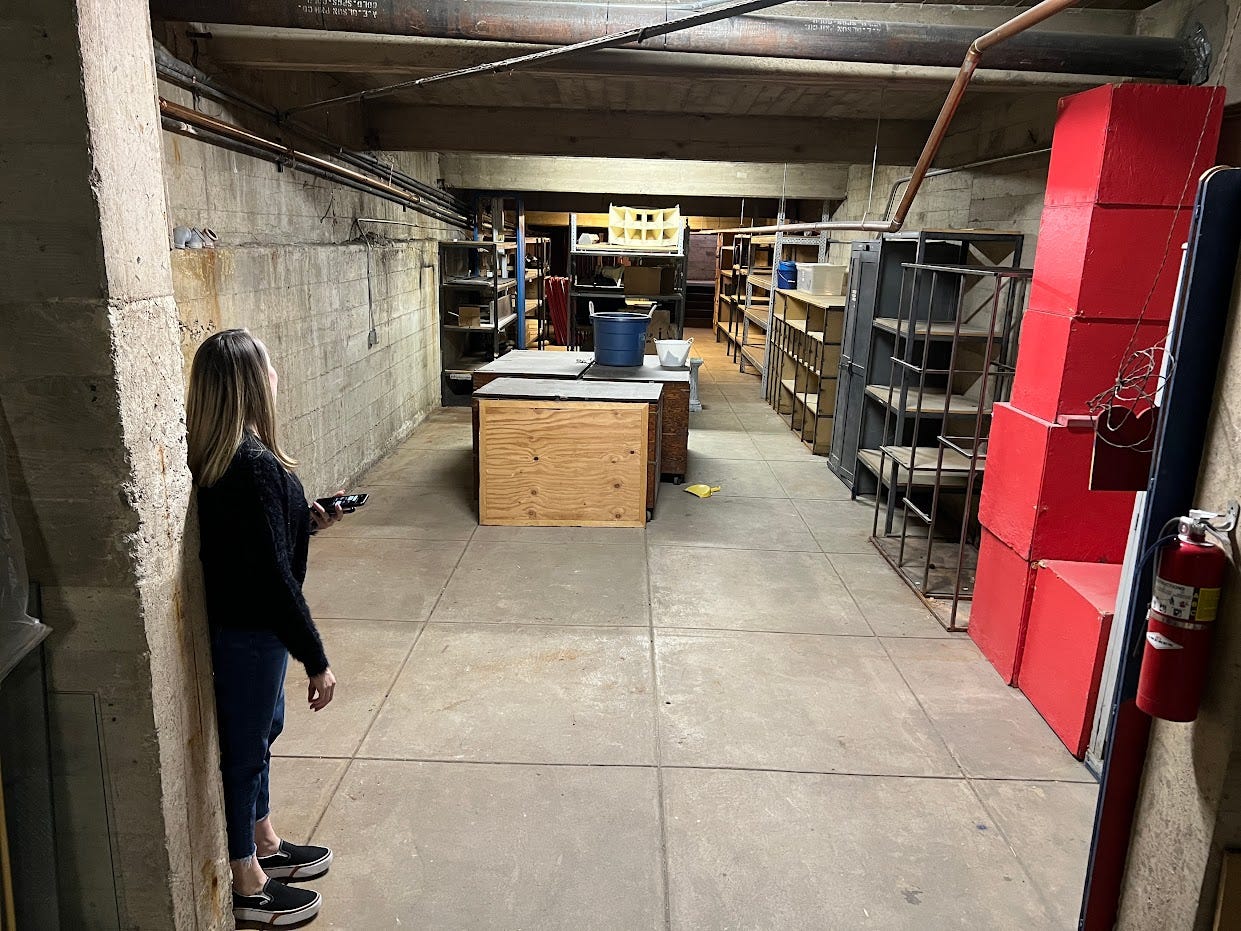
And yet three years after forming, CSCCC and Weise — a legendary figure in COS’ art and culture scene — weren’t able to raise anywhere near the funds to make their vision for the venue a reality. According to Weise, big donors withdrew support for the project when Mayor Yemi Mobolade (and presumably, his predecessor) indicated the city was unwilling to put up half of CSCCC’s restoration cost, or $42.5 million.
Facebook comments in response to Zubeck’s latest article about City Aud have been sharply critical about the city’s priorities, especially as COS enjoys a quartet of sparkly new tourist venues as part of the City for Champions initiative with a fifth, the Air Force Academy Visitor’s Center, underway. (For reference: these venues were almost entirely paid by private money in addition to state tax rebates.) Still others who reached out to me were critical of Weise and whether the CSCCC had conducted its due diligence in exploring all potential funding options, including potential grants as a nonprofit.
CSCCC has not been idle. Their workforce programs — which they planned to house at the restored building — have won grants, trained several cohorts and will continue on as the nonprofit pivots from away from trying to restore the building. The CSCCC has hosted many events at City Aud, including the Halloween-themed “Aud” Ball party that symbolically closed out the space, First Friday showings and its Cement Stage Series outdoor concerts and movie screenings. Unfortunately, in my experience — and from the anecdotes of peers — many of those events were vastly under-attended or just plain strange.
Overwhelmingly, comments online reflected a desire to preserve the venue and the municipality’s responsibility to do so. In that same Zubeck article, Mayor Yemi stated that a solutions team led by deputy chief of staff Ryan Trujillo will evaluate next steps for the venue now that the city has complete control of it once more.
So, now what?
CSCCC and Colorado Springs’ failure to bring City Aud into the 21st century invites speculation about its fate, so I’ll start by ripping off the Band-aid: preservation seems unlikely without a drastic showing by the public. I’m not talking about half a dozen remarks during the “citizens comment” section of a couple of city council meetings, I’m talking hundreds or thousands huddled Downtown in protest to save the venue.
I believe this because:
City Aud has not been able to sustain itself profitably as a venue for decades. This indicates a lack of public interest in the venue, but that can also be attributed to the venue’s vast depreciation thanks to municipal neglect. (Not that a municipal venue or any other piece of city infrastructure should need to be profitable, but that’s an argument for another day.)
Any worthwhile restoration could potentially cause the venue to lose its designation in the National Register of Historic Places. (Such a designation, however, does not legally shield the building from demolition in a worst case scenario.)
The city has considered other uses for the venue over that time and not found it to be ideal for any of them.
With each passing year, the venue becomes even more expensive to bring up to code, much less modernize.
The city doesn’t want to compete with the privately-owned and maintained performing arts and expo venues that have sprung up locally since City Aud’s creation, so the city sought to off-load it — and its aggregating maintenance bill — to a public-private solution, namely, the CSCCC. That way, the city could maintain the appearance that it wants to preserve the historic structure while not needing to pay for it.
The city could theoretically put up a bond to renovate the facility. They issued a bond to build it in the first place, after all. Even as this still clashes with several of the items above, it would preserve the building as CSCCC intended and provide another mid-level venue Downtown. But is the city — as an administration and the public at-large — going to be hungry to bond out this single building when there are tens or hundreds of millions of dollars of backlogged priorities already on the city’s books?
But there’s an even bigger item to consider as the venue has aged and Downtown’s layout and functionality has changed: despite City Aud’s historic value, the real estate it sits on would potentially be better used for other purposes while still preserving some (albeit, much smaller) portion of the structure. Remember: even CSCCC’s renovation would dramatically change the composition of the building.
I’m not talking about converting it into a parking lot (which replaced the Chief Theatre), a low-slung private business (which replaced the Cotton Club) or sky-high racks of luxury apartments most of us still can’t afford to live in (although additional housing units of all types would still help reduce the rent regionally), but the amenities that a growing number of Downtown residents are still lacking in a neighborhood.
Why not build a grocery store there? Or a mixed-use residential tower with affordable housing units, a pharmacy and satellite offices for many agencies that otherwise require a trip across the city’s sprawl to access? (This would be particularly helpful to Downtown residents with disabilities.)
Whatever Mayor Yemi’s solution team recommends, there’s not going to be an easy solution to the City Aud problem. That’s the price tag of a century of neglect that keeps growing every single day.
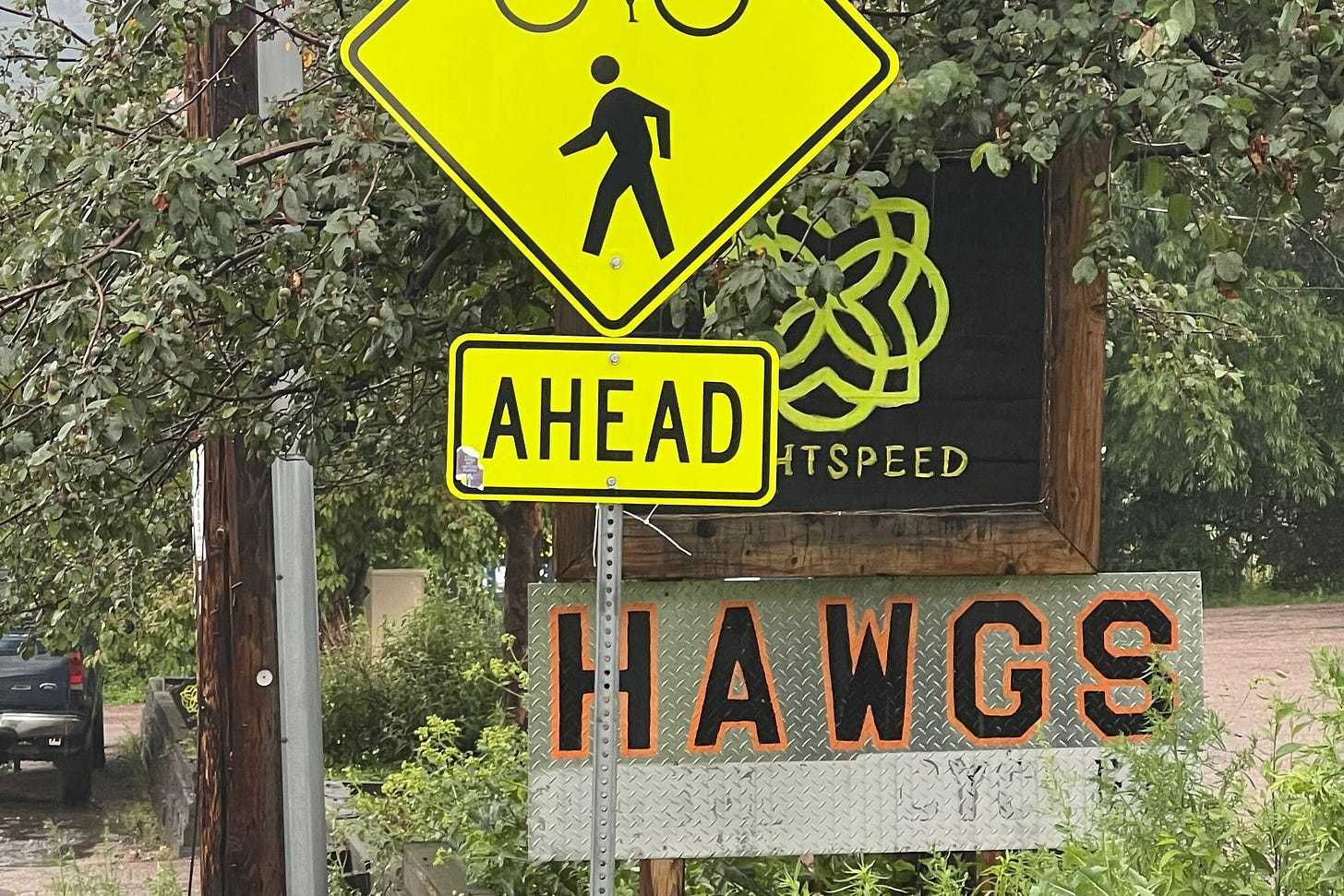
LightSpeed Curations Closes
The closure of Art 1eleven Gallery in Downtown Colorado Springs this past summer was a painful one, but word got to me last week that LightSpeed Curations was wrapping up operations, too. Small businesses close all the time, but the creative underground ambition they brought to Old Colorado City was unique, even if it ultimately didn’t work.
LightSpeed came to my attention back in January when curator Jessica de la Luna dropped by my former office with a business card. Our photographer — the ever professional Bryan Oller — raced ahead of me (and an incoming snow storm) to capture their experience for the story I wrote about them for our once-publication Sixty35. (The article is available in the digital edition. I met the snow storm head on, unfortunately.)
The LightSpeed quartet were a creative Voltron operating in a big warehouse next to what looks like a biker bar, three blocks beyond the shops and galleries of Colorado Avenue. It really fed the aesthetic that they were bringing something wild beyond the post office nearby. Nat Feather was the tattoo artist in the back, Jake Hopkins the photographer on the side, de la Luna curated their gallery up front and Jacob Lonergan was the event planner that made sure the place was vibrant, but usually after I had trucked through on a fast-paced First Friday run down the Avenue Creative Circuit.
Their UV light gallery was the only permanent installation of its kind in the region, which allowed for some very trippy 3D color-based work using a technique called Chromadepth that started to trickle across the region as artists picked up on it. (They offered me the novelty paper glasses a few times, but were sad I couldn’t see the effect because of my stereoblindness.) A side room that ultimately served as storage was originally to be home to a podcast studio where they could interview artists, but it never materialized.
LightSpeed created a safe space on the literal and figurative fringe to collect the artists and ideas that didn’t seem to fit with the shops a few blocks away. Its flavor of inclusiveness involved spray paint and grunge with heavy hip-hop and rock influences. You could get art put up there when the waitlists elsewhere were months and months long. At times, it was a venue for powerful, even erotic photography and vibrant UV paintings. At others, it was a venue for creative play with workshops for kids.
“LightSpeed has been a catapult not only in our lives, but in the community’s lives,” Lonergan tells TRE. “Our motto has always been to provide opportunity for artists that don't get represented usually and it's really, really sad to see this chapter of that journey close.”
“LightSpeed isn't done. Maybe that building is gone, but our visual art, our vision and our concept and who we are as leaders and as our community — that will exist forever,” de la Luna says. “We will always be welcoming artists into our underground community.”
“I was grateful for the opportunity as well as the support that we did get from the community,” Feather says, sounding off that he’s going to be the last one out of the building. “We did meet a lot of amazing artists, a lot of amazing friends, and it was a beautiful opportunity to watch them grow.”
Hopkins declined to comment for this story.
You can support The Raven Express by becoming a paid subscriber or via Venmo and Cash App so Nick can provide even more robust Colorado Springs art/culture/pop coverage and opinions on a regular basis!

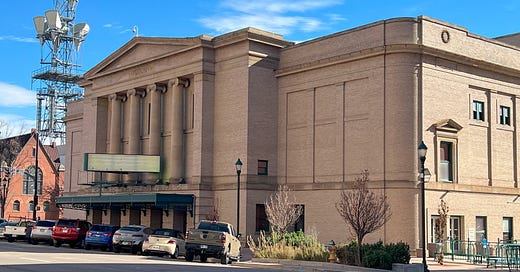



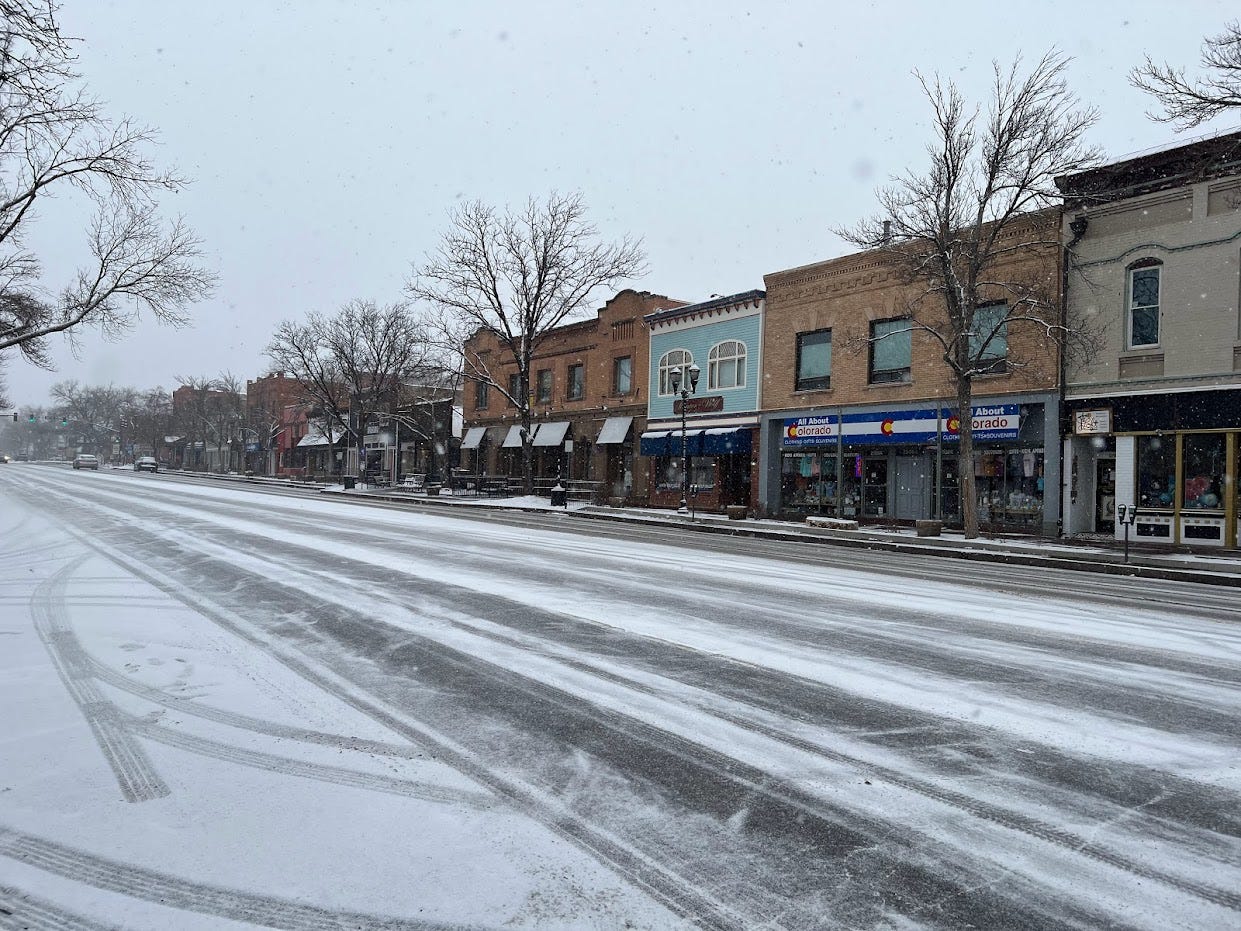
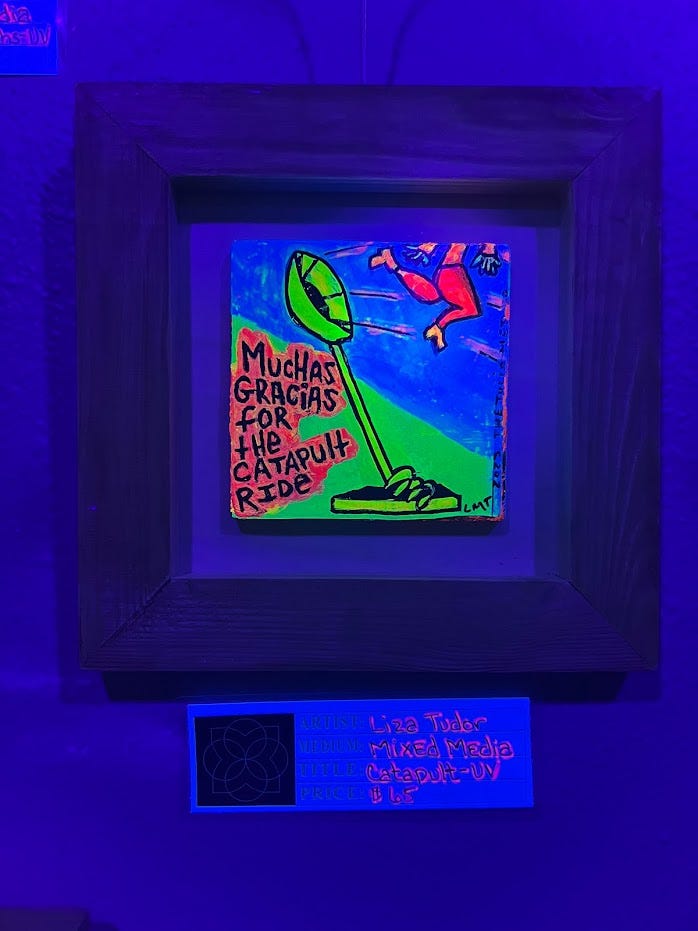
Insightful content man, nice work!